More than 80% of world’s coral reefs hit by worst bleaching event in history – the Independent

‘We’re looking at something that’s completely changing the face of our planet,’ scientists warn…
15 years after the BP oil spill disaster, how is the Gulf of Mexico faring? – Mongabay

The Deepwater Horizon disaster on April 20, 2010, was the largest offshore oil spill in U.S. history, releasing an estimated 4.9 million barrels of oil into the Gulf of Mexico…Fifteen years later, the gulf ecosystem shows a complicated picture of both resilience and lingering damage, with some species, like brown pelicans, recovering, while others, like humans, dolphins and deep-sea corals, continue to struggle with long-term health impacts.
Caspian Sea’s rapid decline threatens endangered seals, coastal communities and industry, study warns – Physics.org

Water levels in the Caspian Sea—the world’s largest landlocked water body—are getting lower, as hotter temperatures cause more water to evaporate than is flowing in. Even if global warming is limited to below 2°C, it is likely that the level of the Caspian Sea will decline by 5 to 10 m, but if temperatures rise further, water levels could drop by as much as 21 m by 2100..
Trouble in paradise – Oceanographic Magazine
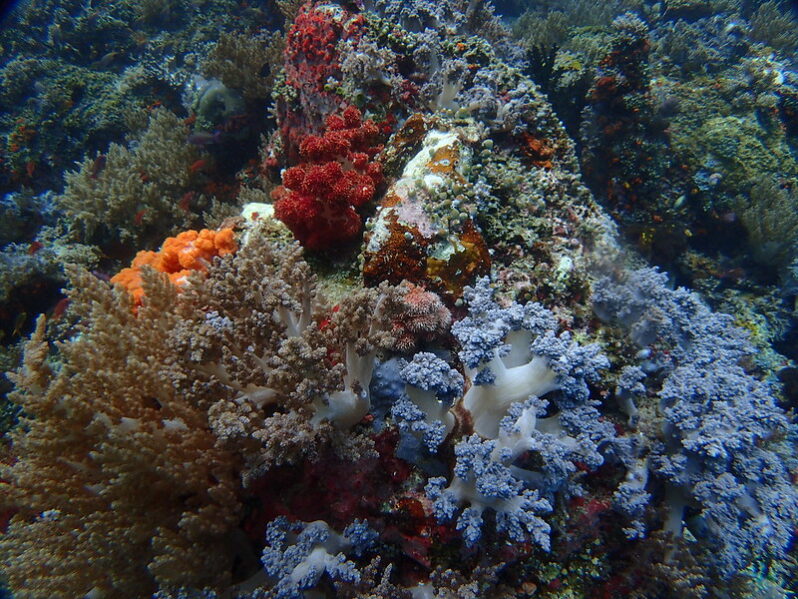
In the biodiversity oasis of Raja Ampat, cyanobacteria poses a serious threat to the region’s abundant coral reefs. Is tourism to be blamed?…
A Few Surprises in Alaska’s Marine Environment in 2024 – NOAA
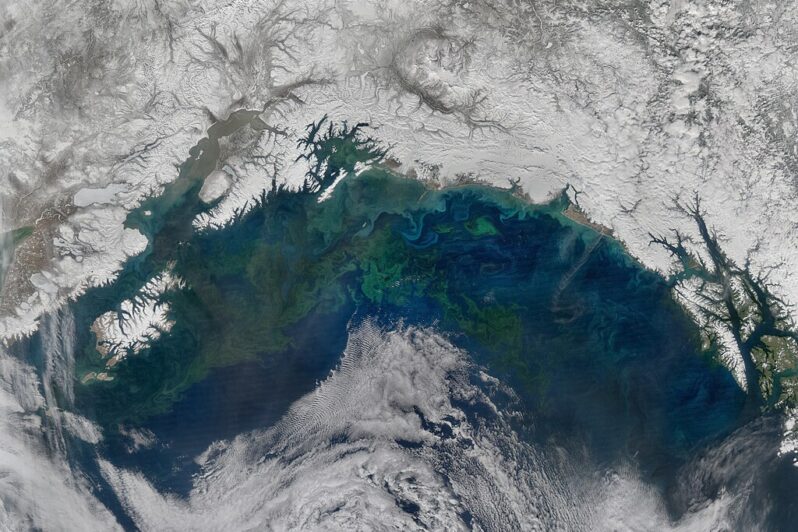
NOAA Fisheries releases their annual Ecosystem Status Reports including a new report card for the northern Bering Sea which shares some promising news about sea ice conditions…
Mangroves in the Maldives have been drowning as sea level rises – the Conversation
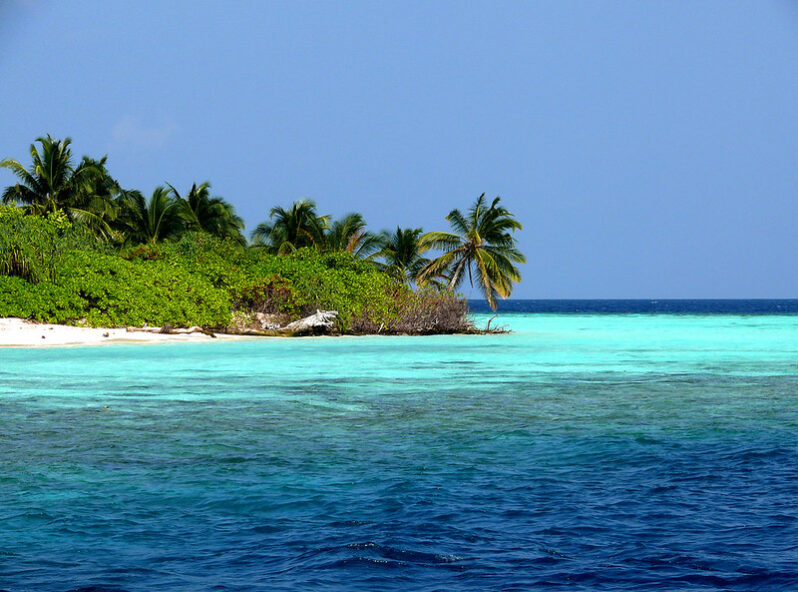
Mangrove forests have been protecting coastlines around the world against erosion and storm surges for millennia. But in 2020, the residents on many islands in the Maldives noticed that many of their mangrove forests were starting to die off. Where once these forests had been lush, now they were turning brown and lifeless…
California kelp – Oceanographic
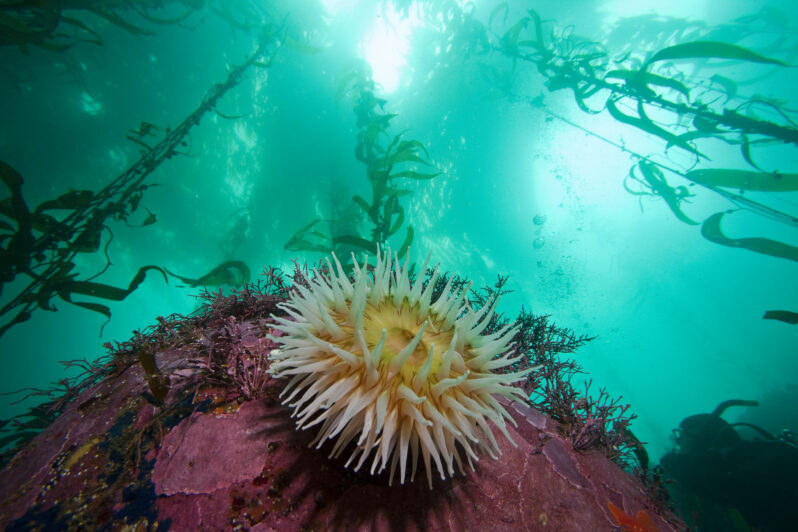
Off Monterey, the Edges of Earth expedition team falls in love with the vibrant, dense kelp forests of the region….
The Very Hungry Urchins – Hakai Magazine
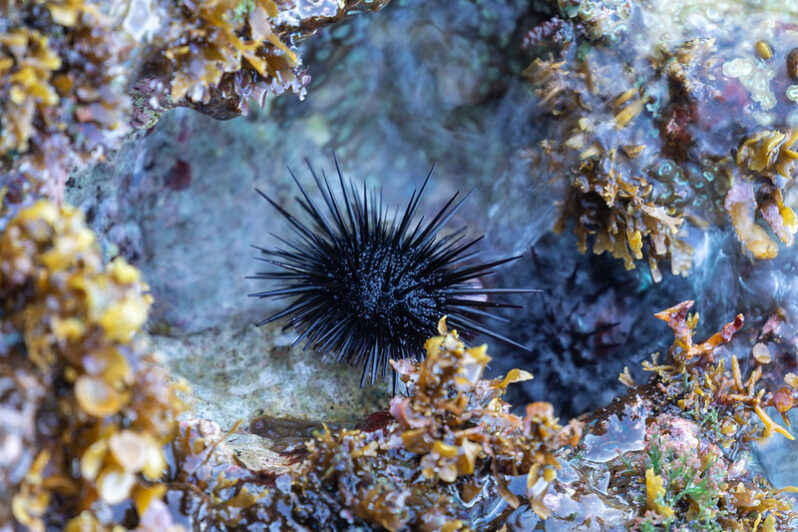
Researchers are restoring the Caribbean’s surprising, spiky custodians, which gobble up the algae smothering coral reefs…
Amazing wildlife on display on a rare trip to the Farallon Islands off S.F. coast – San Francisco Chronicle
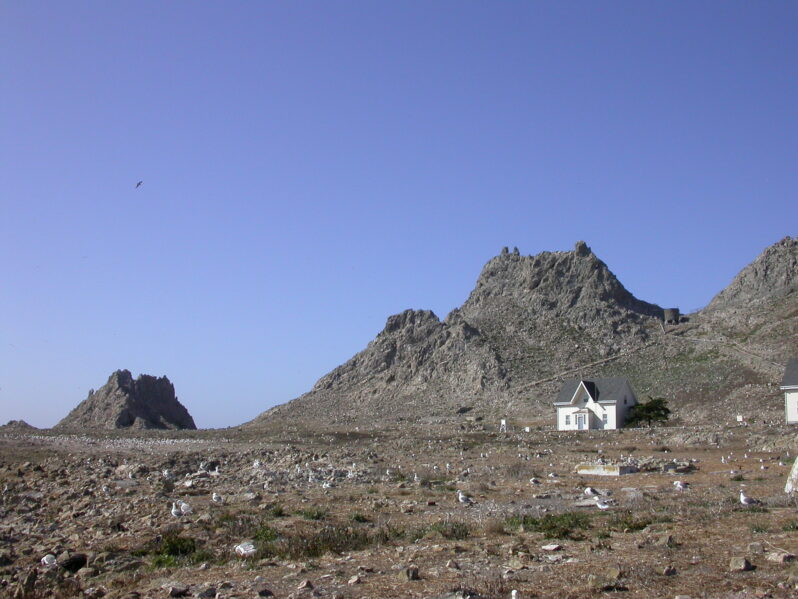
One small island in the Indian Ocean shows how quickly seabird populations can recover after people eradicate invasive predators…
